COMMUNITY
Kimberly Marsh
Featured Image. Abe Lincoln Trading Company Building, a circa 1903 Clearview building that once served as the office for the Lincoln Townsite Company, Clearview Drug Company, Last Chance Bar and The Juke Joint. Photo Basil Childers
The primarily central and eastern located All-Black towns were, and continue to be, keepers of childhood memories, generational faith-based institutions and a reminder of the commitment-to-excellence by those who built a foundation for a future of resilience.
Driving no more than 35 miles southeast from Tulsa, Okla. to Redbird, or as far as 180 miles southwest to Tatums, affords one an opportunity to experience the soul and spirit of All-Black towns that once slowly rose above the horizon of highways and rural roads in the distance.
After every trip, by days end, beneath Oklahoma’s vast and warm evening sky, most would be compelled to closely gather their new memories, and consider, how such history will survive.
Black Towns Revival Weekend, a days-long event organized by Black Towns Municipal Management and Church Building and Loan Fund, “…have partnered with industry leaders and community change-makers to rebuild Black Townships.”
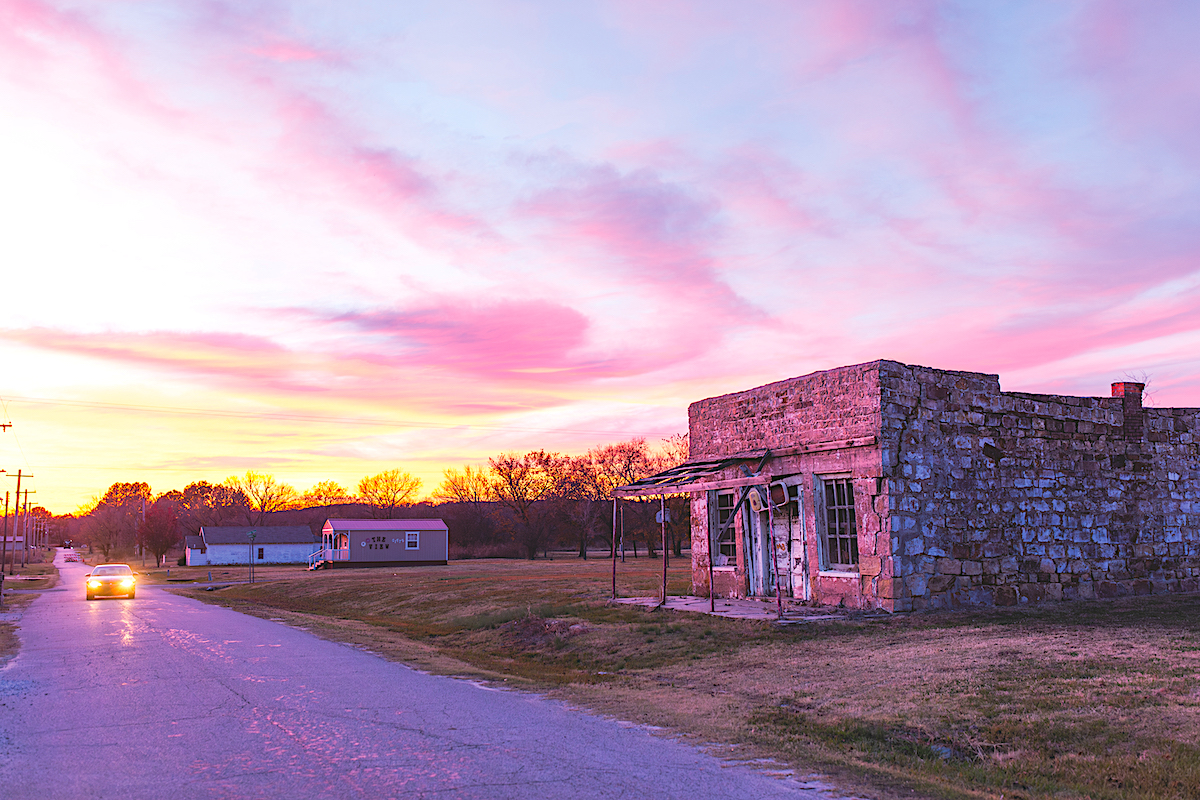
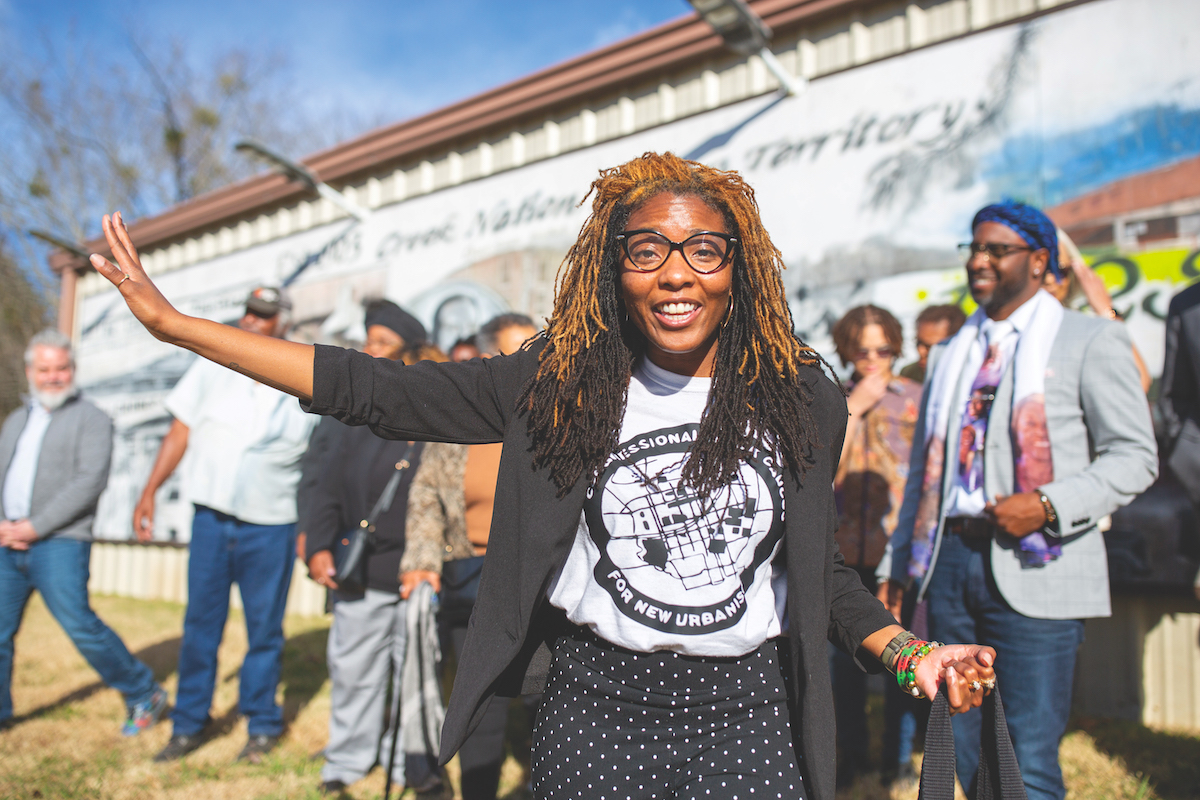
The November 2023 event featured a series of tours and community engagement in the historic All-Black town of Rentiesville and other locales. Members of the host group began dreaming out loud about the All-Black towns, envisioning how they should develop in the next few decades.
Oklahoma once hosted 50 All-Black towns. All-Black towns were once the central-focus of Black-owned businesses, newspapers, churches, schools, and cultural institutions. Residents took great pride in the freedom and independence these communities represented.
That number has dwindled since the 1960s, due in part to desegregation and the subsequent interest residents had to explore greater economic opportunities.
2020 census reporting accounts for 3,500 residents remaining in all 13 towns. Most have experienced significant declines in population by as much as 30%, notably Red Bird, Taft, Tatums and Summit, hosting less than 500 residents combined.
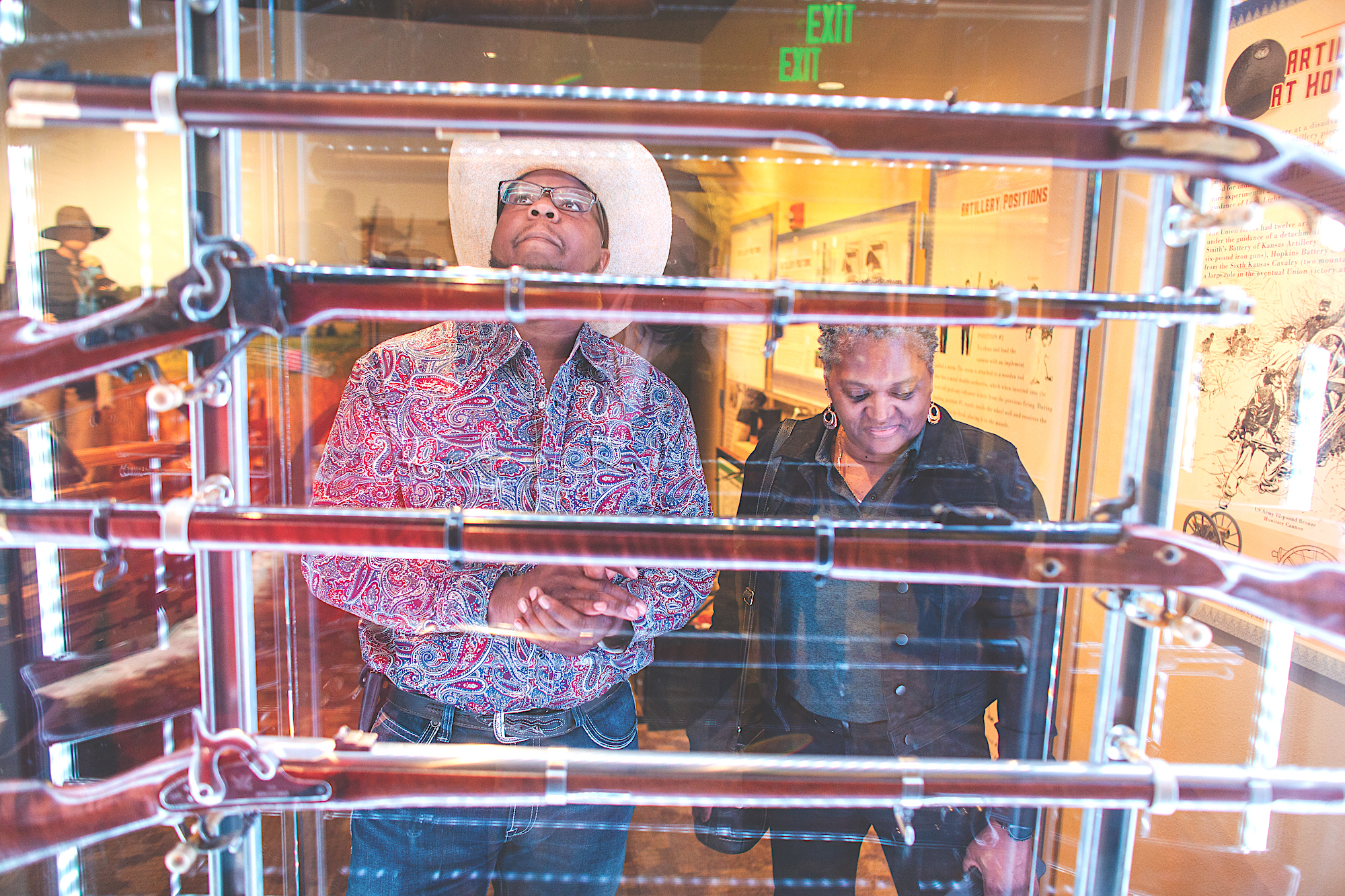
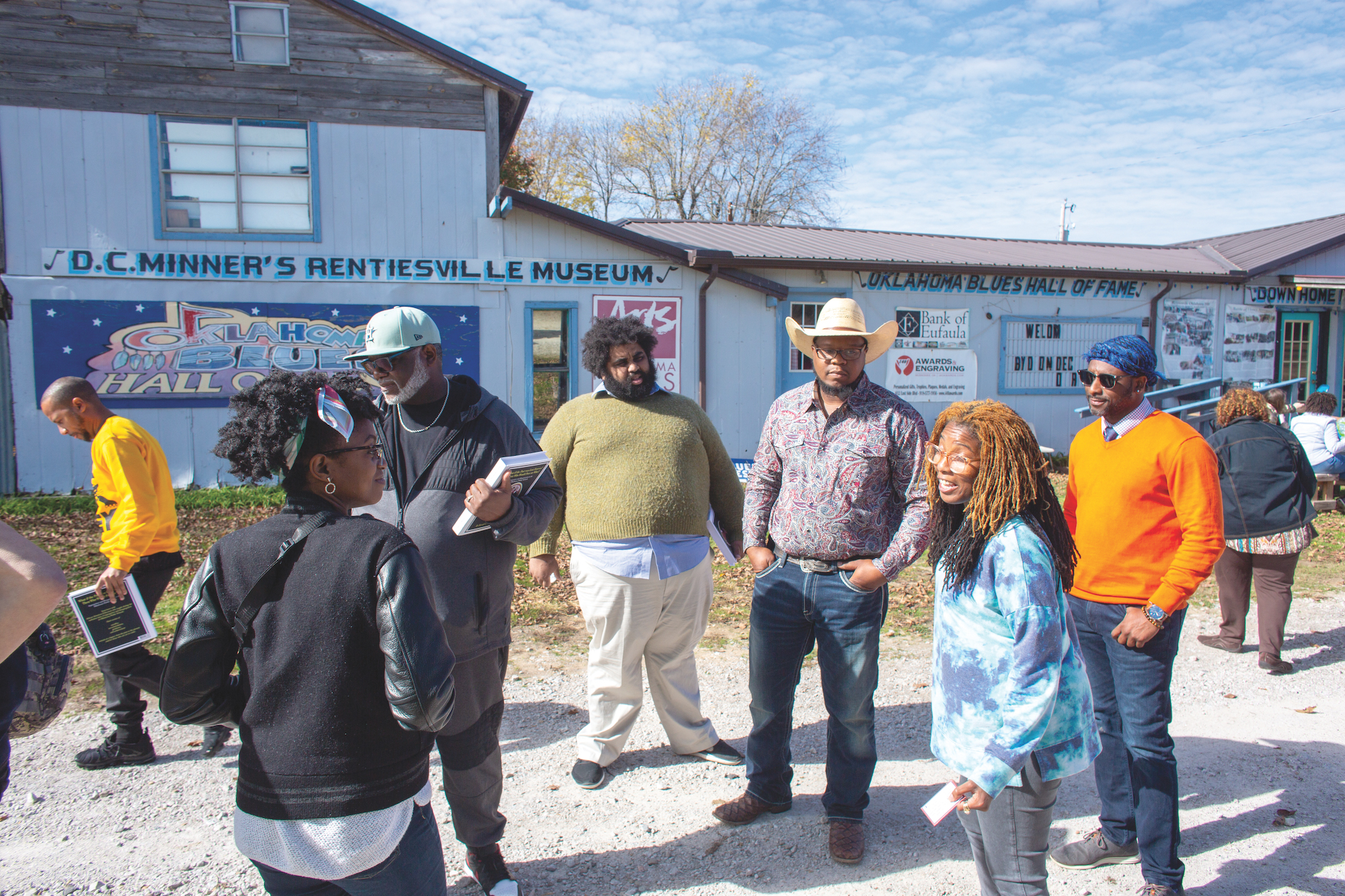
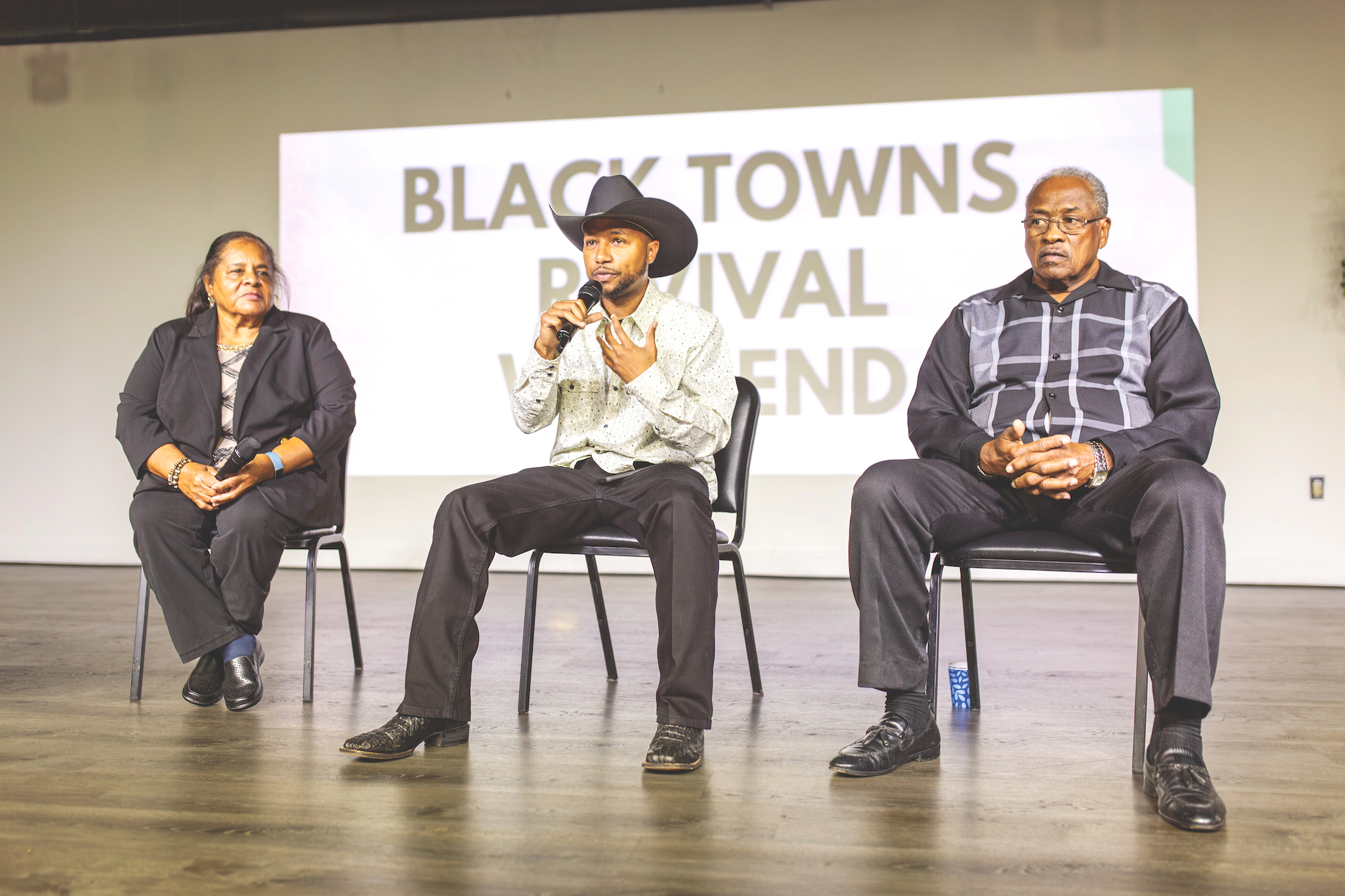
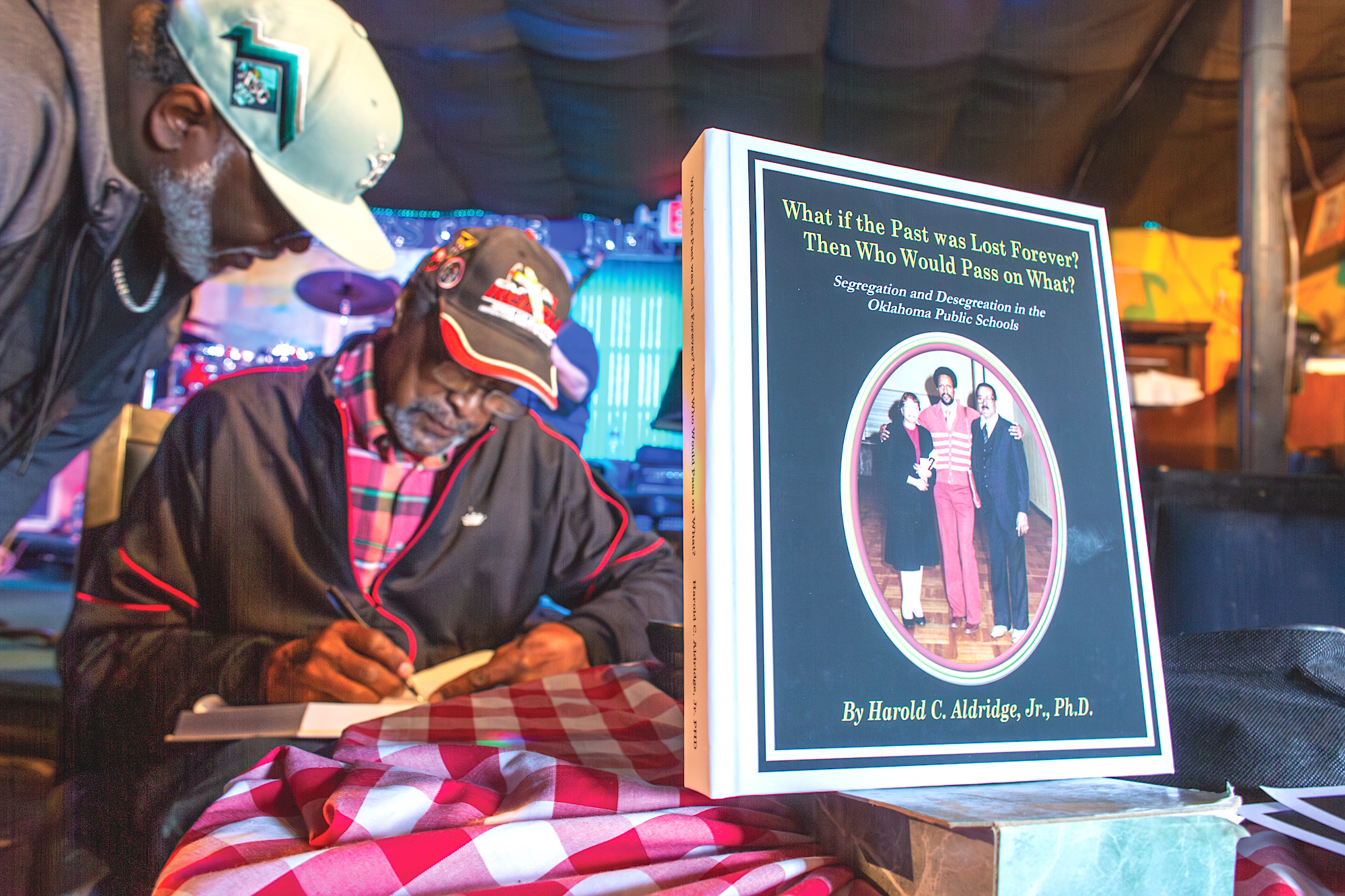
Optimistically, All-Black town mayors, pastors, and community leaders said during the weekend that they look forward to seeing former native residents move back in as younger retirees who can replace the elders who have kept these towns alive for 120 years.
Often perceived as a harbinger of progress-to-come, and a point of pride by many residents, post offices were one of few public or private institutions that connected All-Black towns to the rest of country. Summit, although platted in 1910, had a post office as early as 1896. Grayson, formerly known as Wildcat, adopted its name after establishing its post office on Feb. 10, 1902.
One concern of many All-Black town residents is the shifting basis of zip code identification. As state and local neighboring communities have grown, All-Black town residents have slowly begun to lose their legacy postal codes and the representation that it affords them.
Visions for the Black towns
Black Towns Municipal Management and Church Building and Loan Fund considered a few scenarios for sustainability, and offered several visions of what could be employed in Oklahoma’s All-Black towns, to include:
- Broader community-based agriculture networks: Establish a technology infrastructure to power community-based farms to supply local and regional grocers.
- Community griots and an increased distribution of history-based narratives (exchanges): Establish a formal model and state-wide distribution of history-centric storytellers, who craft and publish narratives tailored for multiple generations. Such exchanges would center on healing stories of support to help future generations thrive in their communities.
- Cultural celebrations: All-Black town leaders could also maximize the popularity of Black rodeos to transform rural infrastructure through high-tech development of agriculture and training. The rodeos could be used for 3D Hologram teachers in the classrooms.
A revivalist weekend
Nearly 50 workshop attendees, ranging in life stages from millennials to over 70 years of age, participated in the Black Towns Revival Weekend. The group traveled between Tulsa, Rentiesville, and other historic All-Black towns. Following a visioning exercise led by BlackSpace Oklahoma, participants met with community leaders, learned about historic sites, and deepened their understanding of the history and the current state of Oklahoma’s surviving 13 historic All-Black towns.
Today, Black leaders work to preserve the remaining towns, including their unique heritage, governance, land ownership, education, and cultural pride. They are now seeing a renewed interest in their lifestyles.
The revival change agents envisioned ways to fill the empty spaces left by absentee landowners. They imagined vibrant gathering spaces that center the community, including churches, a civic center, a gymnasium, and museums.
Spotlight on a few of the towns
As Black Towns Revival Weekend attendees gathered in Clearview, on the north side of Main Street, their attention was drawn towards what is often considered one of Clearview’s most photographed buildings. The National Register of Historic Places Registration form describes the building as possessing “enough physical and historical integrity to convey its significance.” The circa 1903 building was once the Abe Lincoln Trading Company, serving as the office for the Lincoln Townsite Company, founded by Lemuel Jackson, James A. Roper, and John Grayson.
The trading company sold groceries and building materials like hardware, tinware, and fixtures. Its corrugated metal, shed-roof storefront canopy would later serve patrons of the Clearview Drug Company, Last Chance Bar and The Juke Joint throughout the proceeding decades.
Stone walls partially destroyed by fire or natural erosion over time are a common site for many All-Black towns. In Tullahassee, the walls of the former Freedmen (African Creeks) boarding school, the Tullahassee Manual Labor School, partially remain standing against threats of destruction. On the narrow main street of Tullahassee and across from the Civic Center, a tall grassy field is a long reminder of the Earth’s expanse and is level ground to a grand horizon.
Rentiesville, also an event destination, preserves its history through Honey Springs Civil War Museum and Battlefield. There, Black and Native American soldiers fought for both the north and south during the American Civil War. The Oklahoma Blues Hall of Fame, established by the late D.C. Minner, a native of Rentiesville, and his wife Selby, still hosts annual blues festivals and weekend jam sessions. Weekend visitors were greeted by Selby Minner and musician Dr. Harold Aldridge, a retired educator who has written a book with stories from Black teachers at the dawn of desegregation. Throughout the tour routes, homes or vacant buildings separated rural plots of underused land.
Rentiesville, exploring new opportunities to boost population growth, has embraced the tiny homes model, attracting individuals who want to return to the historic city or first-time residents.
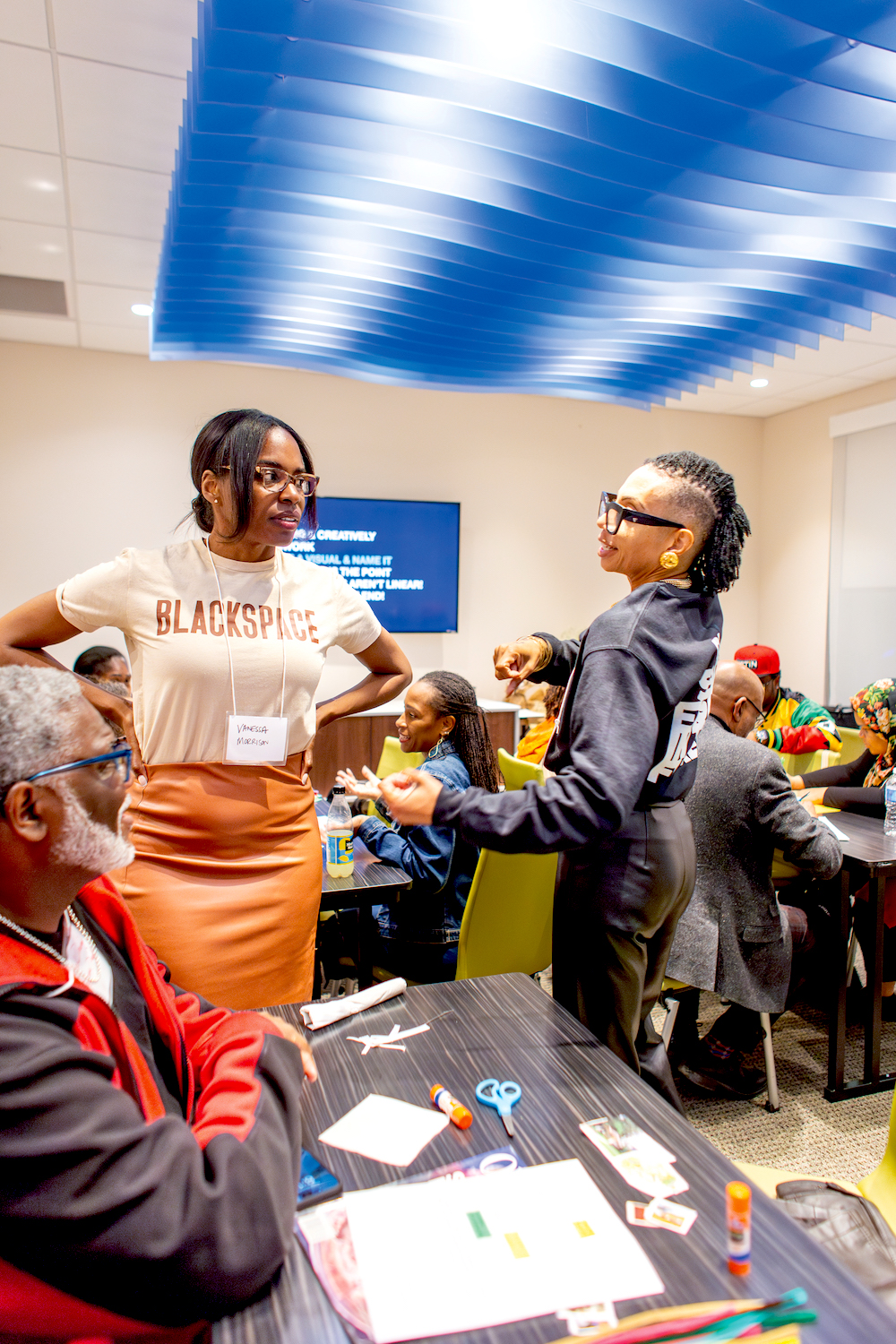
Meeting challenges
Black Towns Municipal Management CEO and founder, Cymone Davis, is successfully attracting more attention to All-Black towns and cultural centers, drawing planners, nonprofits, activists, entrepreneurs, developers, and economists who craft and share their visions for these historic hubs.
The welcomed engagement is an opportunity to both learn about the historic significance of the All-Black towns and delve into the common challenges faced. Limited funding, physical infrastructure lacking adequate repair and maintenance, a technology gap highlighted by the absence of highspeed internet access to residential and commercial properties, and a scarcity of land resources held by absentee landowners, some of whom have died.
The towns’ challenges aren’t simply isolated to perceivably limited external resources. Former residents, whose estates have been deeded to heirs no longer living in All-Black towns, often refuse to sell properties that stand abandoned, partially hidden beyond overgrown brush.
Davis optimistically envisions a long-term goal of creating boarding schools in historic All-Black towns, incorporating a curriculum that emphasizes the history and legacy of Oklahoma’s Black Americans who built communities and towns that flourished, provided refuge from threats of violence and the opportunity to genuinely embrace a just freedom.
She was elected Tullahassee’s city manager in 2020, working in partnership with Mayor Keisha Currin. Davis’s commitment to ‘create a sustainable economic system that enables the town to not just survive but thrive’, is supported by a pursuit for a doctoral degree with the Global Executive Doctor of Education program at the University of Southern California. Her shared success extends to earning a fellowship with Boston-based Dr. S. Atiya Martin and working with the Brookings Institution.
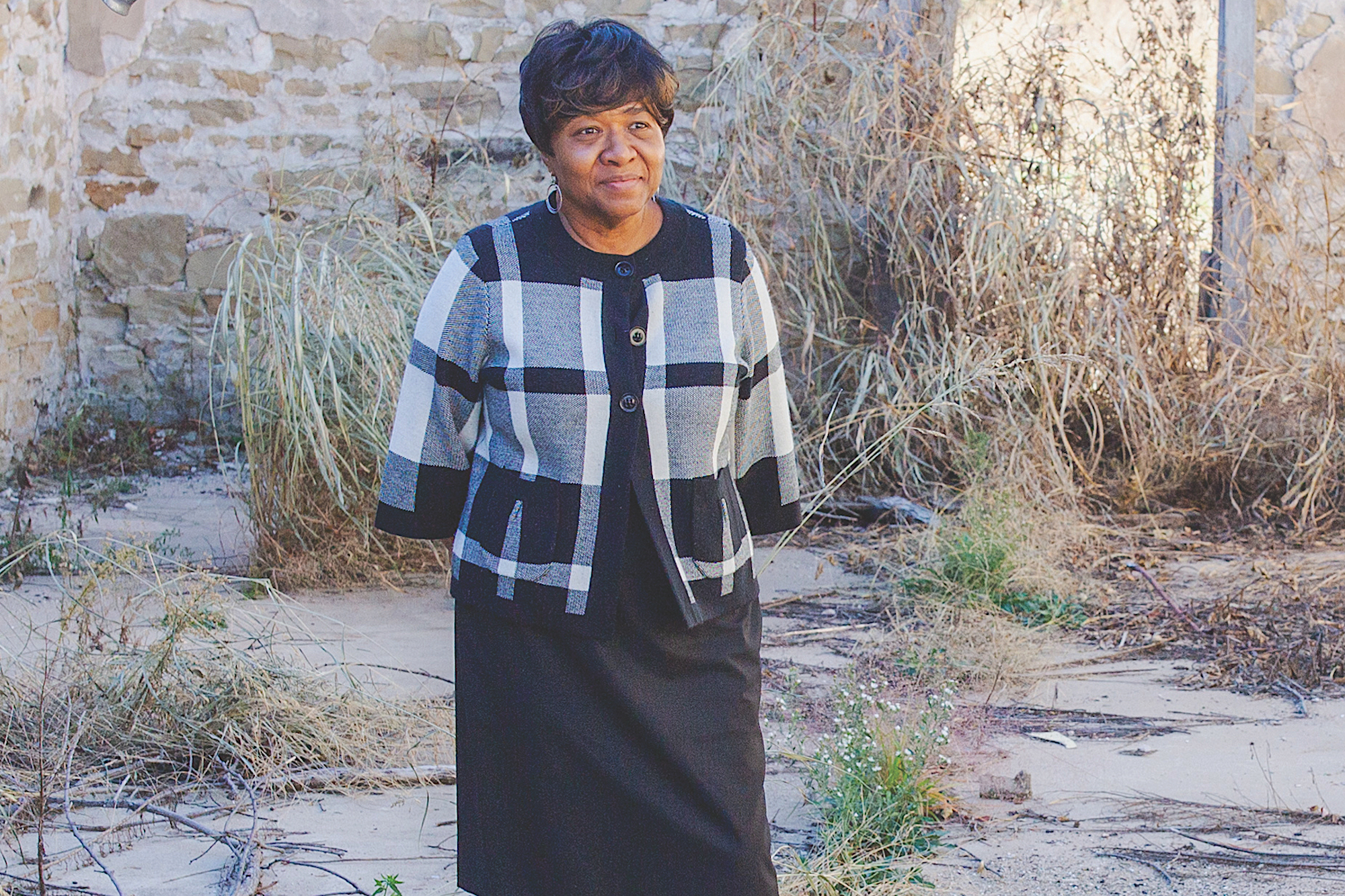
United Church of Christ
As part of the Black Towns Revival Weekend tour, Davis invited the United Church of Christ Building & Loan Fund to join the celebration, as the group seeks more opportunities to help All-Black towns restore historic churches. Led by Executive Director Rev. Dr. Patrick Duggan, the Fund transforms communities by “helping the Church live into God’s economy.” They help congregations plan, raise, finance, and build transformative projects. The churches are often the most resilient groups in small Black towns and the center of their fellowship.
“We wanted to come here because we believe that when a church takes up community transformation, it can be very impactful. And it can incent other transformations,” Duggan said. The Fund also leveraged the weekend to premiere a short documentary, “It Takes A Village,” on its successes in Louisville to show Oklahoma leaders what is possible.
Clearview resident Shirley Nero, historian for the Oklahoma Conference for Black Mayors, said her small community of 36 is now working to annex land to secure property for the town to grow.
“There’s just not any out there available. But through annexation, our goal is to increase our population. And then be more secure in gaining nationwide, federal, or state grants and more tax revenue from successful growth,” Nero said. More importantly, Nero wants to attract smaller families and energetic couples interested in increasing the longevity of these Black towns.
Many attendees spoke of the entry of newer, younger mayors, including Kristopher Harvey, mayor of Tatums, and Keisha Currin, mayor of Tullahassee. Sharon Peterson, a native resident of Tullahassee who was passing through while the group was touring, said she and her husband planned to move back when they retire from their careers in Dallas. The mayors and the weekend revivalists applauded that sentiment and said they want more young retirees to see the opportunities and follow Peterson’s lead.
As the four-day workshop ended, Davis pointed to the need for continuous planning to protect the culture of all-Black towns, honor them, and use the history and legacies of a community to inform what the future can be for future generations.
“It’s going to take the wisdom from our elders, knowledge from our young people, innocence and love from our children, and financial resources from our state and federal entities to help rebuild Black towns. This is a collective effort between rural and urban communities, and we need all-hands-on-deck for the work ahead,” Davis said.










